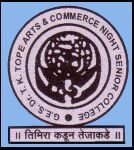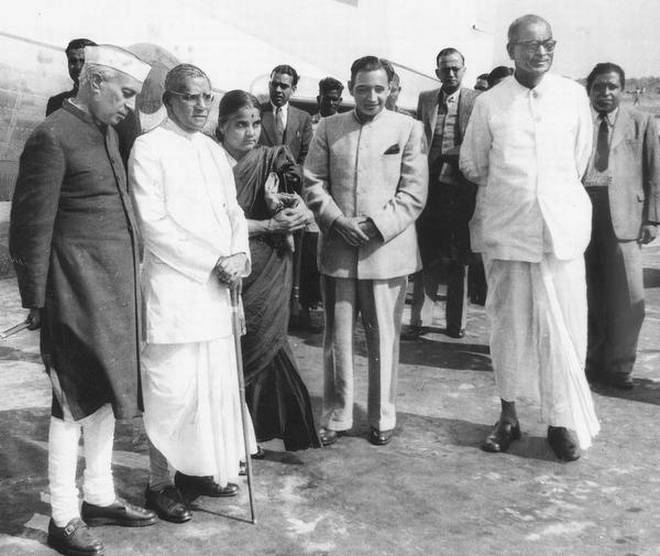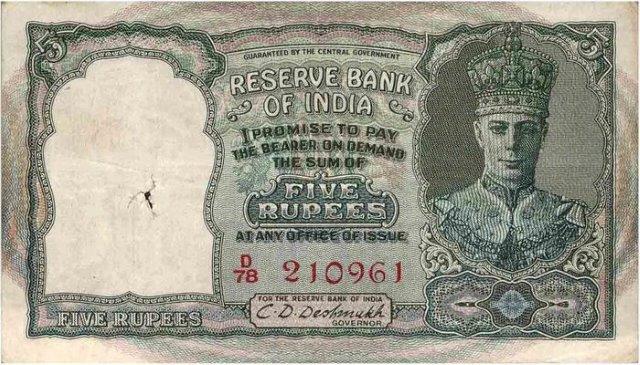अखिल भारतीय सेवा
सेवा – service – प्रशासकीय सेवा – सनदी सेवा – bureaucracy

Steel frame – Administration – पोलादी चौकट – ICS – IAS – सरदार वल्लभभाई पटेल

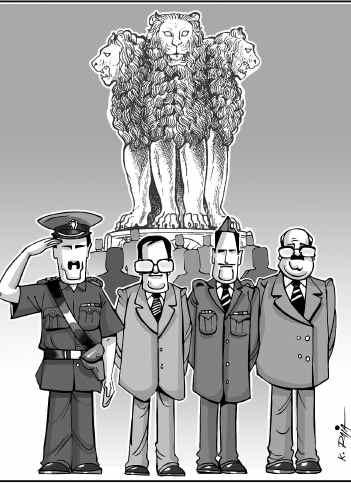
तीन प्रकारच्या सेवा – केंद्रीय – राज्य – अखिल भारतीय
याशिवाय स्थानिक स्वराज्य संस्थांच्या वेगळ्या सेवा, एल. आय. सी. सारख्या महामंडळांच्या वेगळ्या सेवा
संदर्भ
नागरिकांची सनद – एल. आय. सी. – भारतीय आयुर्विमा महामंडळ
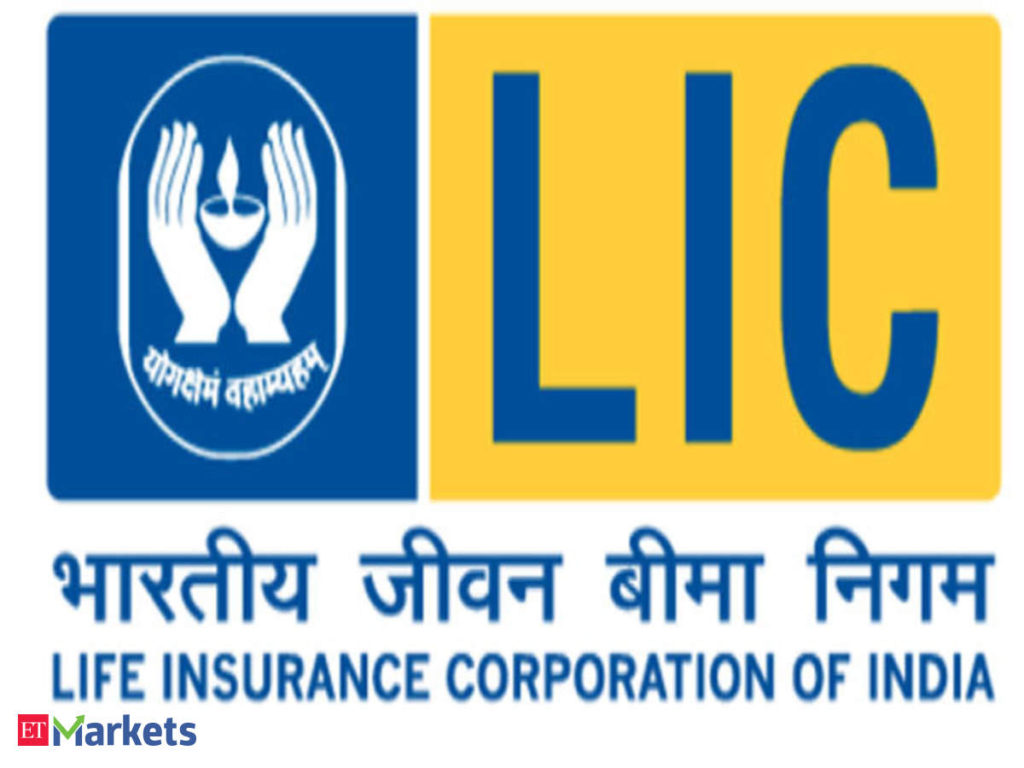
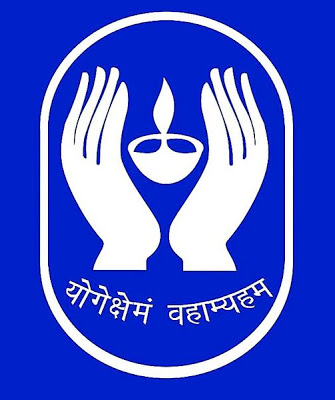
चिंतामण द्वारकानाथ देशमुख (1896-1982)

The course of my life by Chimtaman D Deshmukh- Autobiography- (1896- 1982) C D Deshmukh was an ICS Officer who has been on important positions throughout his life. The book is important because he was part of an important era of Indian history. First, his childhood- schooling- best in languages Sanskrit, Marathi, English elocution and writing. Won Scholarship.
From 1915 to 1918 Cambridge University England- graduated in Natural Sciences Tripos- Botany Scholarship- topped in ICS exam did law degree but could not pay 27 guineas fees for Inns of Court and returned to join ICS. Returned to India in 1920 and joined as SDM and was trained in Revenue laws. Next posting was as Deputy Commissioner and Settlement Officer. All his time was used to move from one village to another to verify measurements done by field level officers and complaints by agricultural land owners.
During Second Round Table Conference, 1931, he was Secretary to the Secretary General. He wrote the minutes of the conference in a single draft immediately and the draft was approved. This shows his capability of remembering details and ability of expressing events. Details of Second Round Table Conference has been mentioned by Chiman lal Setalwad in his autobiography- Recollections and Reflections. Promoted as Joint Secretary in education, Health and later Custodian of Enemy Property. 1939- Deputy Governor of Reserve Bank of India.
Here Industrial Finance Corporation was established. He helped Rural Credit and Research and Statistics Department in Reserve Bank. He represented India at Bretton Woods Conference for establishment of International Monetary Fund. After independence, he was Finance Commissioner to divide revenue from Income tax and Jute between India & Pakistan. The decision was named Deshmukh award. Deshmukh contested election to Parliament from Colaba constituency Bombay and was appointed Finance Minister to Government of India.
He remained member of Planning Commission. During first five year plan, he employed deficit financing as a tool to bring investment. Banking Companies Act, 1949 and Reserve Bank of India was nationalized on 1-1-1950. Second five year plan was on capital intensive model of development. In 1952 he invited Paul Appleby to study Indian Administration and on the basis of his report the Indian Institute of Public Administration was formed.
In 1955, State Bank of India was formed after nationalization of Imperial Bank. Life Insurance Corporation was formed by LIC Act, 1956. He resigned was finance Minister on the ground that Bombay was being made a Union Territory for division of Bombay and Gujarat. Post resignation he was made Chairman of University Grants Commission, where he developed proper Library in all Indian Universities. He was of National Book Trust where he endeavored to make books for readers at low cost.
From 1962 t0 1967 he was Vice Chancellor Delhi University where he brought a grant of one million dollars for library from Ford Foundation. More interesting things from the autobiography are a- he married Rosina Wilcox in 1920 and had a child named Primrose.
He has initially planned to settle in England but due to his duties it was not possible to get leave and live in England. His daughter was brought up by his wife’s sister. He left a part of his pension for the welfare of his daughter. His wife expired in 1949 in England. She was sad that her daughter Rosina was not happy as her parents could not spare time to look after her. Chintaman married Durgabai Deshmukh in 1953.
Durgabai Deshmukh published her autobiography in 1980 titled Chintaman and I. In this Book she has written about her life before and after marriage with Chintaman. Comparing the two autobiographies it is found that while Chintaman has written his story keeping himself in centre and narrating the national and international events and his role in the issue. In Durgabai Deshmukh’s autobiography, she has kept herself in the background and has narrated in National events, her decision to work for the downtrodden women and her parents decision to stand by her and provide financial support. The two books bring to light, difference in male and female autobiographies. It is an interesting book which is a must read for all. – From Goodreads.
नानी पालखीवाला

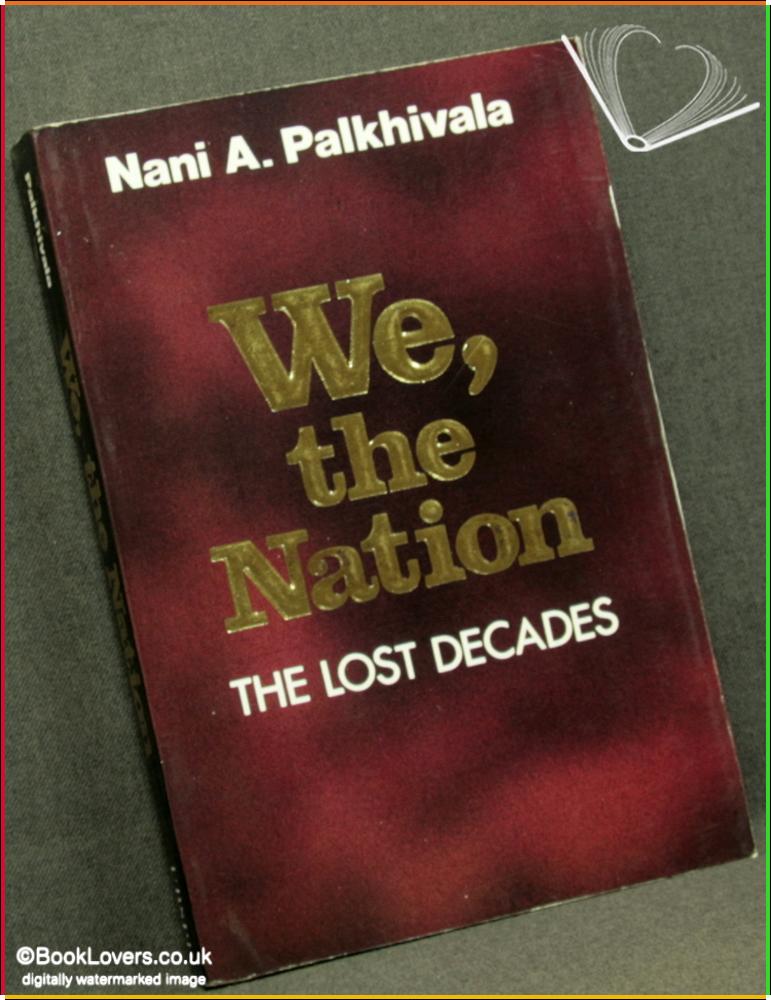
![]()
